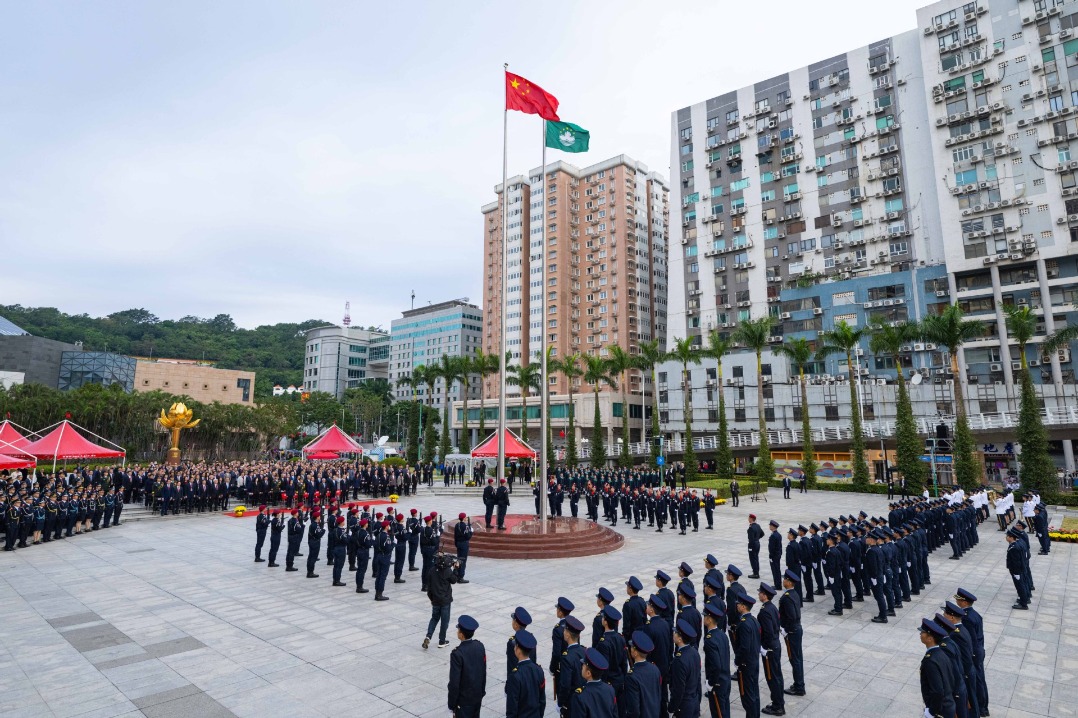Heilongjiang cases not linked to Inner Mongolia, says national health body


The recent COVID-19 infection cluster in a port city in Northeast China's Heilongjiang province is not linked to an outbreak mainly concentrated in the Inner Mongolia autonomous region, the National Health Commission said on Saturday.
Heihe city in Heilongjiang reported 26 new local infections on Friday, bringing the cumulative number of confirmed local cases in the city since Wednesday to 36, according to local health authorities.
The fresh cluster of infections was detected as more than a dozen provincial-level regions have recently registered new local cases linked to an outbreak in Ejine Banner, a town in the Inner Mongolia that borders Mongolia.
Wu Liangyou, deputy director of the commission's disease prevention and control bureau, said that based on results from epidemiological investigation and genome sequencing, the infection cluster in Heihe city is not related to cases in other regions and is triggered by new imported cases.
Heihe city lies on the Chinese border with Russia.
Wu said during a briefing that the risk of the virus spreading from Heihe to other areas remains. He added that the State Council's Joint Prevention and Control Mechanism has sent an expert team to the city to support local fight against the virus.
Meanwhile, in Inner Mongolia's Ejine Banner, the risk of the virus spreading further has been brought under effective control, Wu said.
Other provincial-level regions registering connected infections have also taken local epidemic situation under control, he added.
Guo Yanhong, an official at the commission's medical administration bureau, said nearly 40 percent of patients linked to the outbreak emerging from Ejine Banner are aged 60 or above, significantly higher than the previous average age of 18.5.
Considering the relatively weak medical capacity in remote areas and some western provinces affected by the outbreak, Guo said the commission has adopted online consultations, sent convalescent plasma, dispatched senior experts and medical aid teams to improve treatment.
China reported 59 new local infections and 19 new imported cases on Friday, according to the commission.
- China launches communication technology test satellite
- Spokesperson warns against aggression toward mainland fisherman
- Lhasa wetland reserve recognized as world's highest altitude wetland
- Chengdu woman sentenced for fatally stabbing neighbor
- Mainland coast guard's patrol in Xiamen-Kinmen waters to safeguard maritime order: spokesperson
- Independent committee starts work as HK moves to liquefy owners' group




































